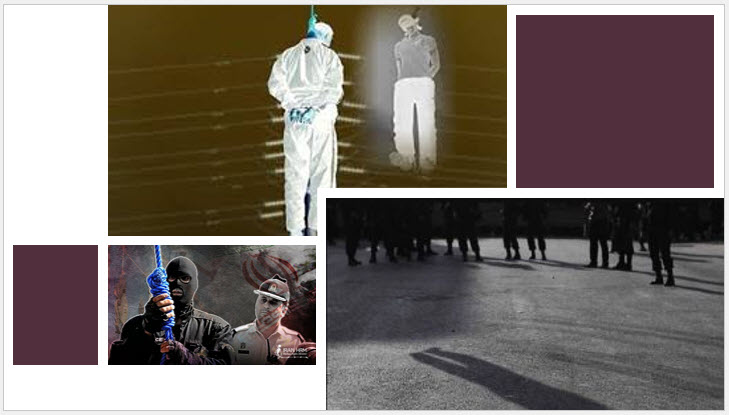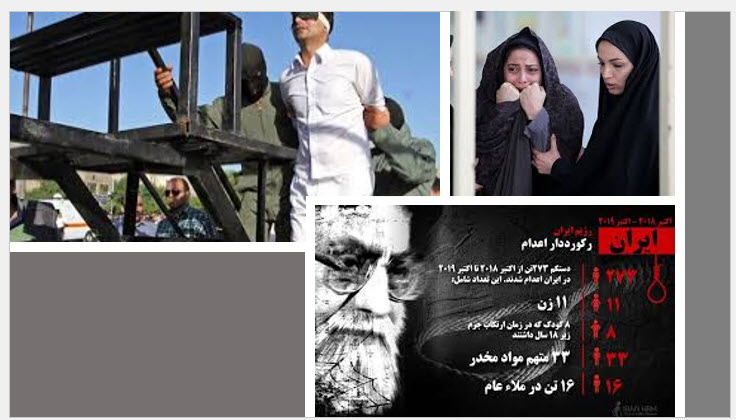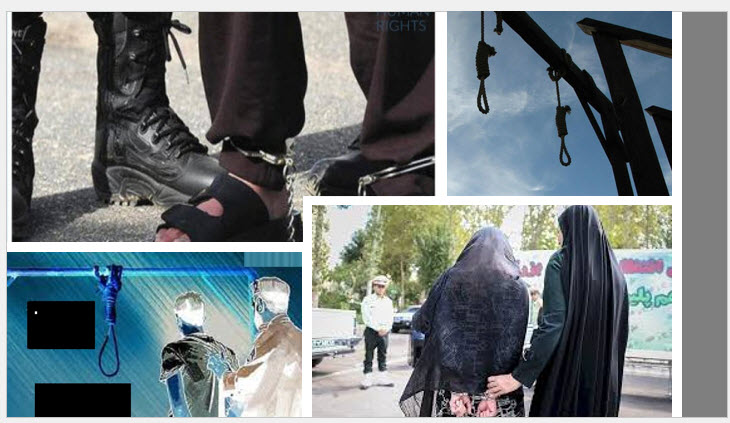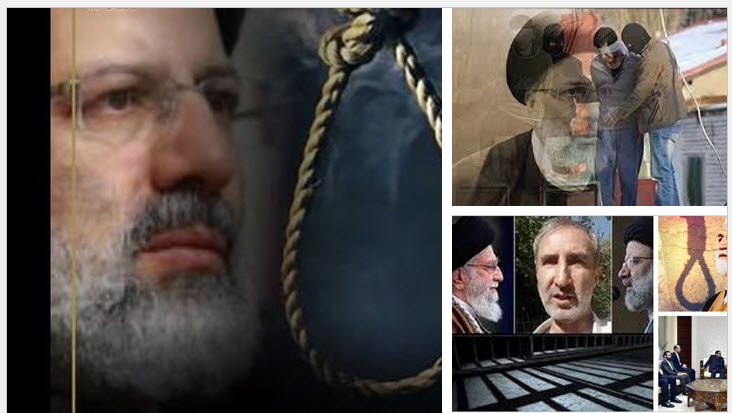
Thousands of political opponents have been executed so far, and the mullahs’ assassination machine is still at work.
The Iranian people experienced limited freedom in the first two years following the overthrow of the Shah’s dictatorship. Soon after, the new clerical regime’s policies and behavior, as introduced by its founder Ruhollah Khomeini, began to shift at a rapid pace. The style and rhetoric of these policies and behaviors were unlike anything seen during the Shah’s dictatorial reign. Khomeini, and then his successor Ali Khamenei, continued the Shah’s policies of restricting freedom of expression, arresting, imprisoning, and torturing his opponents, which had been briefly interrupted by the revolution. Thousands of political opponents have been executed so far, and the mullahs’ assassination machine is still at work.
People dissatisfied with the mullahs’ oppressive rule have frequently taken to the streets in many cities to demonstrate. The slogans “Death to Khamenei,” “Death to Raisi,” and “Mullahs go get lost” can now be heard at almost every demonstration.
Tear gas, birdshot, and even live ammunition are regularly used by the Islamic Revolutionary Guard Corps (IRGC) repressive forces and members of the Basij paramilitary force to suppress these peaceful protests. Several people have been killed and many more detained during protests over the years.
This, however, is not the end of the story. The ruling mullahs have decided to increase the number of executions following recent protests that have rocked the regime. The recent increase in the number of executions, according to human rights activists and political analysts, indicates that the regime is attempting to scare society and send a message to the people that any opposition will be dealt with harshly.

At least 30 people have been executed by the regime in the last few days alone. Because many executions in Iran are carried out in secret, the true scope of the problem is difficult to determine.
Since May 17th, at least 26 people, including two women, have been executed in 11 Iranian provinces, according to reports. Seven of the men who were executed were Baluch citizens who had been sentenced to death for “drug-related” offenses. Between June 6 and 8, Khamenei’s criminal government executed 12 prisoners in Kermanshah, Ilam, Birjand, Ardabil, Khalkhal, Ahvaz, Isfahan, and Amol prisons. On June 6, a total of twelve Baluch
The United Nations Special Rapporteur on the Situation of Human Rights in Iran, Javid Rehman, presented his fourth annual report to the United Nations General Assembly, saying that there are widespread, ambiguous, and arbitrary grounds for imposing the death penalty in Iran, which can quickly turn the punishment into a political tool.

The structure of governance and the lack of an accountability system in Iran have created a culture of impunity that perpetuates cycles of violence, as human rights violations have no consequences for the government or perpetrators.
“We saw an increase in the number of executions last year,” he said. Among those killed were 40 Baluchis and more than 50 Kurds, all of whom were ethnic minorities. The death penalty is widely used, including for those who participate in demonstrations. “Judicial procedures do not allow for the presence of a lawyer, and forced confessions are obtained through torture.”
“The structure of governance and the lack of an accountability system in Iran have created a culture of impunity that perpetuates cycles of violence, as human rights violations have no consequences for the government or perpetrators,” he continued in his report. It appears that the state has a policy of intimidating, prosecuting, or silencing those who call for accountability, justice, and truth.”

The death penalty is widely used, including for those who participate in demonstrations. “Judicial procedures do not allow for the presence of a lawyer, and forced confessions are obtained through torture.”
The rise in the number of executions emphasizes the importance of integrating human rights concerns into any policy toward Iran and prioritizing them alongside other critical security concerns. Otherwise, the mullahs’ crimes will continue in Iran.
MEK Iran (follow us on Twitter and Facebook), Maryam Rajavi’s on her site, Twitter & Facebook, NCRI (Twitter & Facebook), and People’s Mojahedin Organization of Iran – MEK IRAN – YouTu

